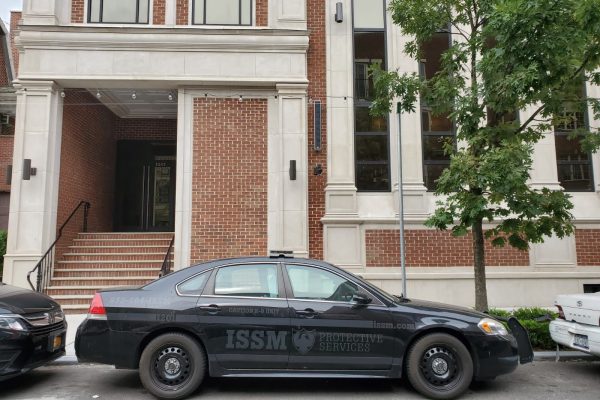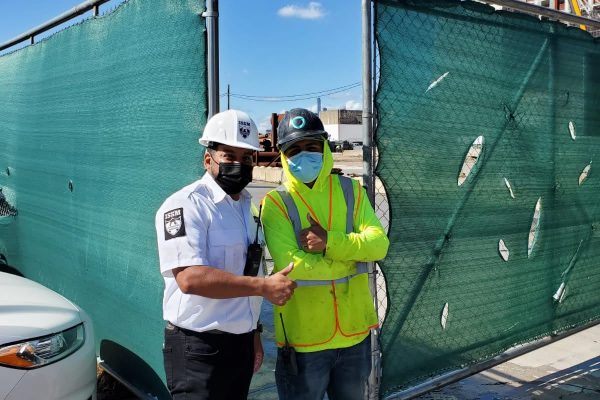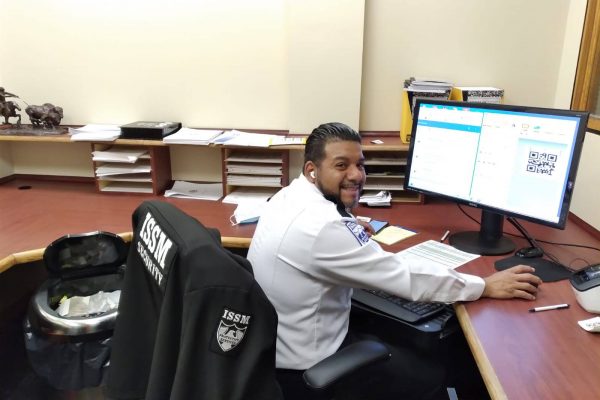A chemical emergency occurs when a hazardous chemical has been released and the release has the potential for harming people’s health. Chemical releases can be unintentional, as in the case of an industrial accident, or intentional, as in the case of a terrorist attack. Some chemicals that are hazardous have been developed by military organizations for use in warfare. Examples are nerve agents such as sarin and VX, mustards such as sulfur mustards and nitrogen mustards, and choking agents such as phosgene. It might be possible for terrorists to get these chemical warfare agents and use them to harm people.
Many hazardous chemicals are used in industry (for example, chlorine, ammonia, and benzene). Others are found in nature (for example, poisonous plants). Some could be made from everyday items such as household cleaners. These types of hazardous chemicals also could be obtained and used to harm people, or they could be accidentally released. Scientists often categorize hazardous chemicals by the type of chemical or by the effects a chemical would have on people exposed to it. The categories/types used by the Centers for Disease Control and Prevention are as follows:
Biotoxins-poisons that come from plants or animals
Blister agents/vesicants-chemicals that severely blister the eyes, respiratory tract, and skin on contact
Blood agents-poisons that affect the body by being absorbed into the blood
Caustics (acids)-chemicals that burn or corrode people’s skin, eyes, and mucus membranes (lining of the nose, mouth, throat, and lungs) on contact
Choking/lung/pulmonary agents-chemicals that cause severe irritation or swelling of the respiratory tract (lining of the nose and throat, lungs)
Incapacitating agents-drugs that make people unable to think clearly or that cause an altered state of consciousness (possibly unconsciousness)
Long-acting anticoagulants-poisons that prevent blood from clotting properly, which can lead to uncontrolled bleeding
Metals-agents that consist of metallic poisons
Nerve agents-highly poisonous chemicals that work by preventing the nervous system from working properly
Organic solvents-agents that damage the tissues of living things by dissolving fats and oils
Some kinds of chemical accidents or attacks may cause you to come in contact with dangerous chemicals. Coming in contact with a dangerous chemical may make it necessary for you to remove and dispose of your clothing right away and then wash yourself. Removing your clothing and washing your body will reduce or remove the chemical so that it is no longer a hazard. This process is called decontamination.
In general, exposure to a chemical in its liquid or solid form will require you to remove your clothing and then thoroughly wash your exposed skin. Exposure to a chemical in its vapor (gas) form generally requires you only to remove your clothing and the source of the toxic vapor.
If you think you have been exposed to a chemical release, but you have not heard from emergency coordinators, you can follow the washing and clothing disposal directions in the following selection.
Act quickly and follow the instructions of local emergency coordinators. Every situation can be different, so local emergency coordinators might have special instructions for you to follow. The three most important things to do if you think you may have been exposed to a dangerous chemical are to (1) quickly remove your clothing, (2) wash yourself, and (3) dispose of your clothing. Here’s how:
- Removing your clothing:
- Quickly take off clothing that has a chemical on it. Any clothing that has to be pulled over your head should be cut off instead of being pulled over your head.
- If you are helping other people remove their clothing, try to avoid touching any contaminated areas, and remove the clothing as quickly as possible.
- Washing yourself:
- As quickly as possible, wash any chemicals from your skin with large amounts of soap and water. Washing with soap and water will help protect you from any chemicals on your body.
- If your eyes are burning or your vision is blurred, rinse your eyes with plain water for 10 to 15 minutes. If you wear contacts, remove them and put them with the contaminated clothing. Do not put the contacts back in your eyes (even if they are not disposable contacts). If you wear eyeglasses, wash them with soap and water. You can put your eyeglasses back on after you wash them.
- Disposing of your clothes:
- After you have washed yourself, place your clothing inside a plastic bag. Avoid touching contaminated areas of the clothing. If you can’t avoid touching contaminated areas, or you aren’t sure where the contaminated areas are, wear rubber gloves or put the clothing in the bag using tongs, tool handles, sticks, or similar objects. Anything that touches the contaminated clothing should also be placed in the bag. If you wear contacts, put them in the plastic bag, too.
- Seal the bag, and then seal that bag inside another plastic bag. Disposing of your clothing in this way will help protect you and other people from any chemicals that might be on your clothes.
- When the local or state health department or emergency personnel arrive, tell them what you did with your clothes. The health department or emergency personnel will arrange for further disposal. Do not handle the plastic bags yourself.












